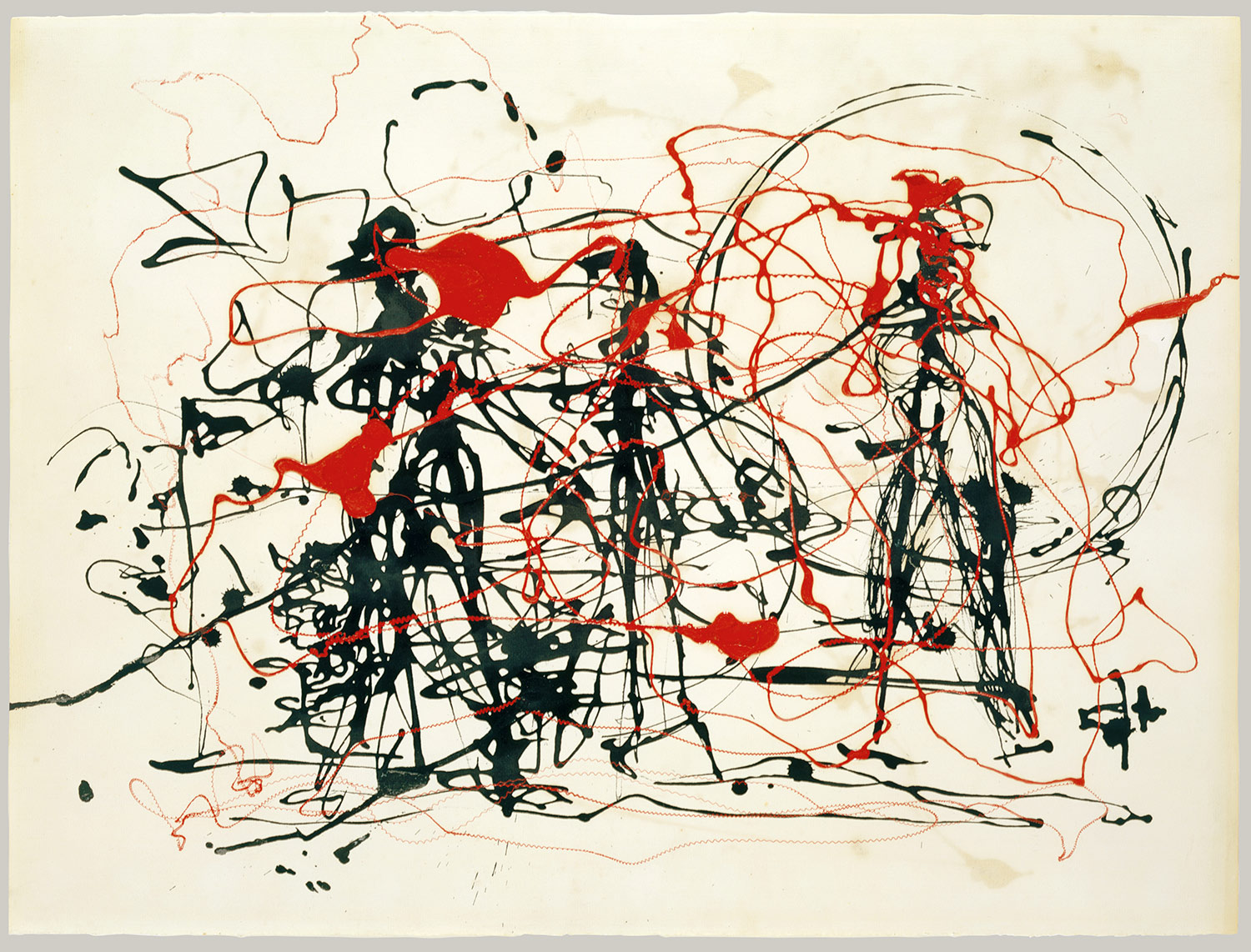Abstract Expressionism

Abstract Expressionism is a term referred
to a movement that started in the 1940s and 1950s, also sometimes referred as
the New York School or, as Action Painting. The crisis of war and its results
were the key to understand the concerns of the Abstract Expressionists. These
young artists were concerned by man's dark side and by human irrationality and
weakness, so they wanted to express their concerns in a new art. Some artists
involved in this movement were Barnett Newman and Willem de Kooning, who both
painted and handled art differently, but they were linked by abstraction which
conveyed different emotions. This style was also noticed in the sculpture of
David Smith, Ibram Lassaw and others, the photography of Aaron Siskind and
painting of Mark Tobey, among other works which were of less famous artists. Early
on, the Abstract Expressionists turned to primitive mythology and ancient art
for inspiration some of these artists were Rothko, Pollock, Motherwell,
Gottlieb, Newman, and Baziotes, who looked to ancient or primitive cultures for
expression. Some characteristics of this style were unusual application of paint,
dripping, smudging and by throwing lots of paint onto the canvas.

Abstract Expressionism | Thematic Essay | Heilbrunn Timeline of Art History | The Metropolitan Museum of Art. 2013. Abstract Expressionism | Thematic Essay | Heilbrunn Timeline of Art History | The Metropolitan Museum of Art. [ONLINE] Available at: http://www.metmuseum.org/toah/hd/abex/hd_abex.htm. [Accessed 19 May 2013].
No comments:
Post a Comment